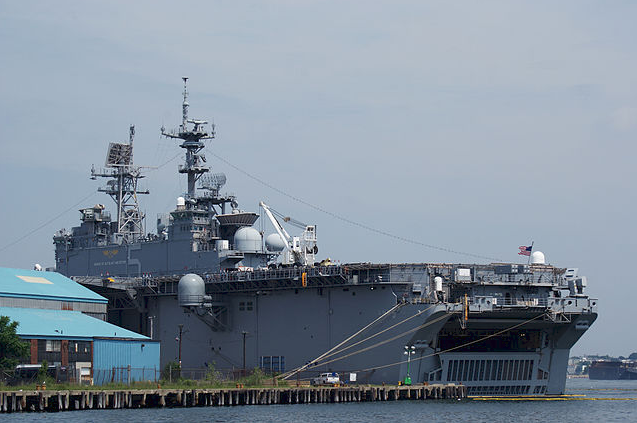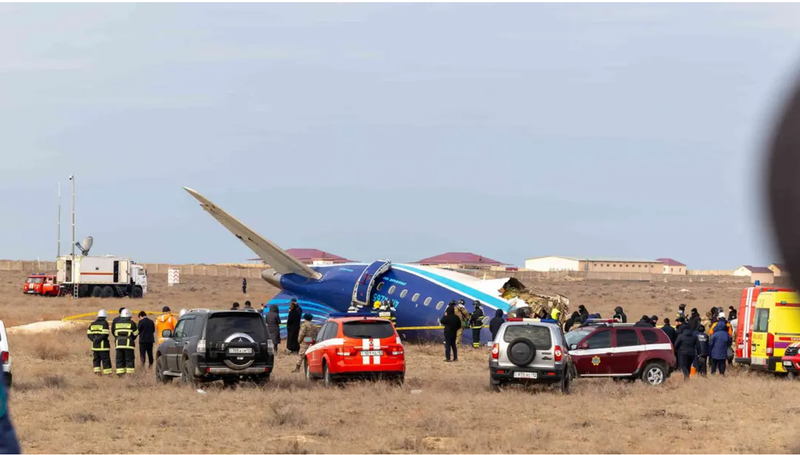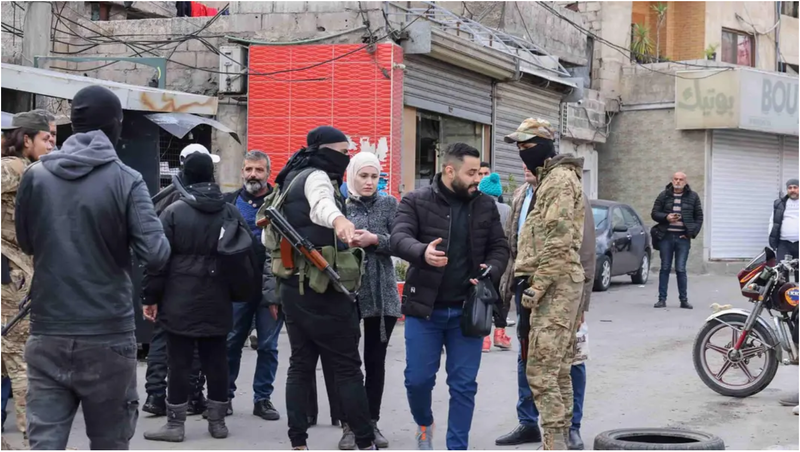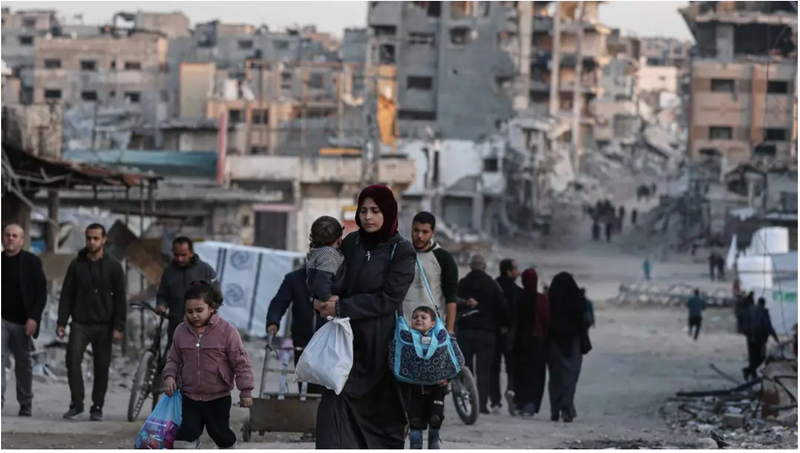US Military Reinforcements Arrive in the Persian Gulf
On Tuesday, the Pentagon announced that 3K US Navy personnel — stationed aboard warships the USS Bataan and the USS Carter Hall — had arrived in the Middle East via the Suez Canal.

Facts
- On Tuesday, the Pentagon announced that 3K US Navy personnel — stationed aboard warships the USS Bataan and the USS Carter Hall — had arrived in the Middle East via the Suez Canal, with the US Naval Forces Central Command stating the move allows greater "flexibility and maritime capability" in the Persian Gulf.1
- The decision comes in response to Iran seizing at least 15 commercial ships from neighbors in the Persian Gulf over the last two years. The White House had already announced in May that the Biden admin. would be responding to Iran's continued actions in the region.2
- Washington has also revealed that US forces blocked two attempts by Iran to seize commercial tankers in international waters near Oman on July 5. The US further announced in July the deployment of a destroyer, two warplanes, and a Marine Expeditionary Unit to the region.3
- However, Sina Toossi of the Centre for International Policy said the move will continue a "cycle of mutual escalation," while Ryan Costello, policy director of the National Iranian American Council (NIAC), claimed it was "dangerous" and a "throwback" to the Trump administration.4
- Last week, Washington stated that it may soon begin placing armed sailors and marines on commercial ships in the Gulf in order to counter Iran's seizure and harassment of vessels. In response, Iran's Revolutionary Guard's navy was subsequently equipped with drones and 1,000km (600-mile) ranged missiles.5
- Supreme Leader of Iran, Ali Khamenei, accused the US on Sunday of "attacking" Iranian oil tankers and "helping maritime smuggling gangs" in the region. US-Iran tensions have deteriorated since the Trump administration pulled out of a nuclear deal with Tehran in 2018, with the White House confirming in late 2022 there were no explicit plans to return to the 2015 agreement.6
Sources: 1Forces Network, 2Iran International, 3Al Arabiya English, 4Al Jazeera, 5Reuters, and 6Amwaj.media.
Narratives
- Pro-Iran narrative, as provided by Workers World. America is an imperialist state that oppresses and exploits countries worldwide in order to gain natural resources, and often obscures its motives beneath the rhetoric that defense is for a greater good. America's policy towards Iran and the Middle East is destructive; in order to achieve peace, the US must pull its troops out of the Gulf, remove economic sanctions, and halt escalation before an inevitable war begins.
- Anti-Iran narrative, as provided by Business Insider. Iran continues to back terrorist militias engaged in a shadow war against the US military, as Tehran's main goal is to push the US out of the region. In the Persian Gulf, Iran continues to create chaos in one of the world's most important waterways. Fixated on the withdrawal of US influence in the region, Iran continues to place regional stability further and further down the priority list and seeks to turn up the heat on US forces — this will only cause greater suffering for the Middle East in the years to come.






